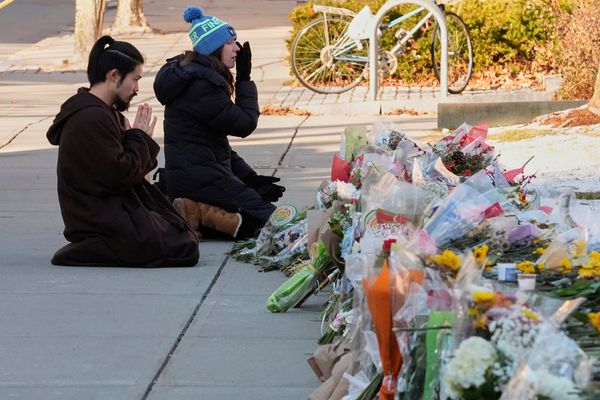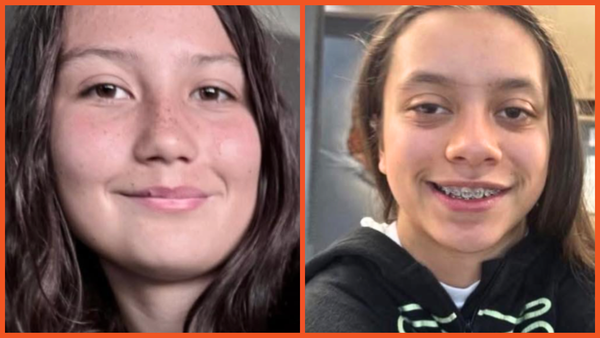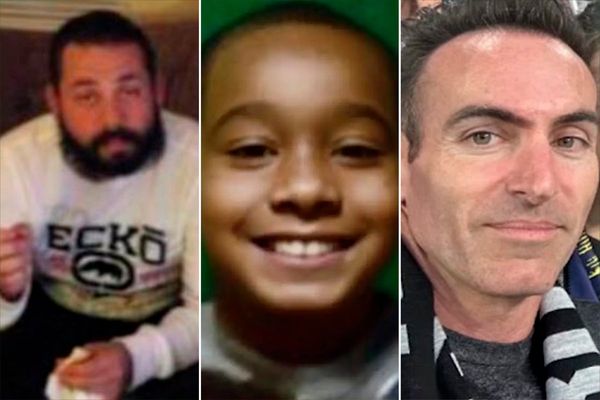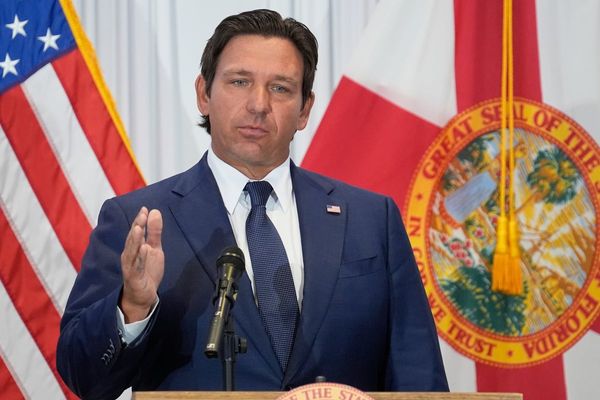
In Indonesia, it was hung outside homes, on motorbikes, cars and trucks, in a sign of discontent with the government that boiled over into deadly protests railing against lavish perks enjoyed by politicians. In Nepal, it was draped on the golden gates of the palace that houses parliament, as young people toppled their government. In the Philippines, it was raised at rallies by protesters furious at alleged government corruption.
The flag, showing a cartoon skull wearing a straw hat, taken from the hugely popular Japanese anime One Piece, has become a symbol of defiance and hope for gen Z protesters across Asia.
In the 1997 anime, it is carried by a band of Straw Hat pirates that stand up to corrupt and repressive rulers. Its meaning has resonated across borders.
“Even though we have different languages and cultures, we speak the same language of oppression,” said Eugero Vincent Liberato, 23, a recent graduate who helped organise the protests in the Philippines capital Manila. “We see the flag as a symbol of liberation against oppression … that we should always fight for the future we deserve.”
Tens of thousands of Filipinos took to the streets on Sunday to voice their anger over allegations that officials and contractors siphoned off funds intended for much-needed flood relief projects. As protesters gathered at Manila’s Luneta Park, the One Piece Jolly Roger flag could be seen fluttering above crowds.
“For every peso they steal from us, they are stealing our future and the [future of] next [generations] that come after us,” said Liberato. It would be an understatement to say young people are angry, he added. “They are enraged.”
Across the region, pop culture has often been used by young protesters to signal defiance. In both Thailand and Myanmar, the three-finger Hunger Games salute has been used in recent years to show opposition to the military, and the fight for democracy. In 2020, Thai protesters used references to Harry Potter in protests against the monarchy, which is shielded from criticism by a severe lese majesty law.
Anime, which comes from Japan and is popular across Indonesia, Nepal and the Philippines, has also proved a powerful and accessible symbol over recent weeks, spreading across social media.
One Piece, by Eiichiro Oda, holds the record for the most copies published in the same comic book series by a single author, with 500m copies printed worldwide. It has been adapted into a live-action Netflix series, as well as animated movies and a card game.
The One Piece flag was used widely by protesters in Indonesia last month ahead of the country’s Independence Day on 17 August, irking officials. One lawmaker said it was an attempt to divide national unity, another suggested displaying it could amount to treason.
A series of reports stating that people had been targeted by the police and military after showing the flag prompted Amnesty International to issue a statement warning that such actions were a violation of people’s freedom of expression.
Analysts have noted that such a defensive response risks only fuelling the power of such symbols, which spread organically online and are popular because they are light and familiar.
Young people have drawn not only on pop culture, but also biting wit. Philippine news website Rappler noted the “sardonic humour” displayed by young protesters at rallies where signs were held that said: “We’re not fish, but why we live in water?”, referencing the flood funding scandal.
“Youth are very creative in terms of organising and they have so many fresh ideas,” said Ruben Gabas, 20, a full-time activist in Manila.
While the specific demands to protests differ across the region, the underlying messages echo one another and symbols such as One Piece transcend borders, say activists. “We all share the same struggle, that is to have a livable future,” said Liberato.







